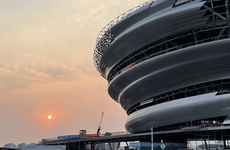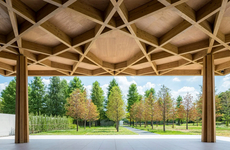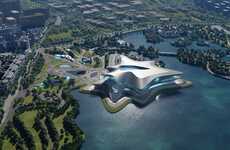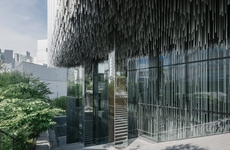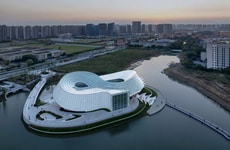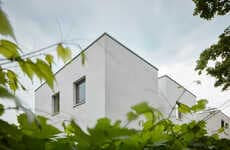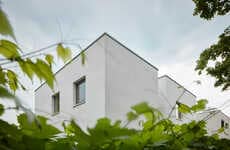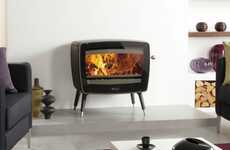
The 'MAE Museum' Will Have a Carbon Fiber-Constructed Interior
Rahul Kalvapalle — July 30, 2021 — Art & Design
References: carloratti & newatlas
Italian company Carlo Ratti Associati has envisioned a truly spectacular design for the MAE Museum building set to be located in the city of Piacenza in northern Italy, making considerable use of carbon fiber.
Created as part of a partnership with celebrated architect Italo Rota, the MAE Museum building is being situated in a warehouse building, and will feature a totally brand new and reinvented interior that will feature predominant use of carbon fiber.
Claimed to host the world's most significant collection of acrylic fiber technology, the MAE Museum building will be designed so that guests will be exposed to the way acrylic fiber is processed into carbon fiber as they peruse the museum's holdings.
Innovative in aesthetic and vision, the MAE Museum building is poised to make a name for itself as one of the world's foremost exponents of carbon fiber architecture and design.
Image Credit: Carlo Ratti Associati
Created as part of a partnership with celebrated architect Italo Rota, the MAE Museum building is being situated in a warehouse building, and will feature a totally brand new and reinvented interior that will feature predominant use of carbon fiber.
Claimed to host the world's most significant collection of acrylic fiber technology, the MAE Museum building will be designed so that guests will be exposed to the way acrylic fiber is processed into carbon fiber as they peruse the museum's holdings.
Innovative in aesthetic and vision, the MAE Museum building is poised to make a name for itself as one of the world's foremost exponents of carbon fiber architecture and design.
Image Credit: Carlo Ratti Associati
Trend Themes
1. Carbon Fiber Architecture - Using carbon fiber for building construction creates opportunities for lighter and stronger structures.
2. Innovative Museum Design - Reinventing the interior design of museums presents opportunities for unique and memorable guest experiences.
3. Sustainable Buildings - Carbon fiber is a more sustainable building material compared to traditional materials, offering opportunities for eco-friendly and energy-efficient construction.
Industry Implications
1. Architecture and Construction - Carbon fiber's strength, durability, and sustainability make it an attractive material to explore for future buildings.
2. Museums and Galleries - Innovative and unique interior design can draw more visitors and contribute to the overall experience of the museum or gallery.
3. Carbon Fiber Manufacturing - As carbon fiber continues to gain popularity in various industries, including construction, there is room for growth and innovation in its manufacturing processes.
2
Score
Popularity
Activity
Freshness

